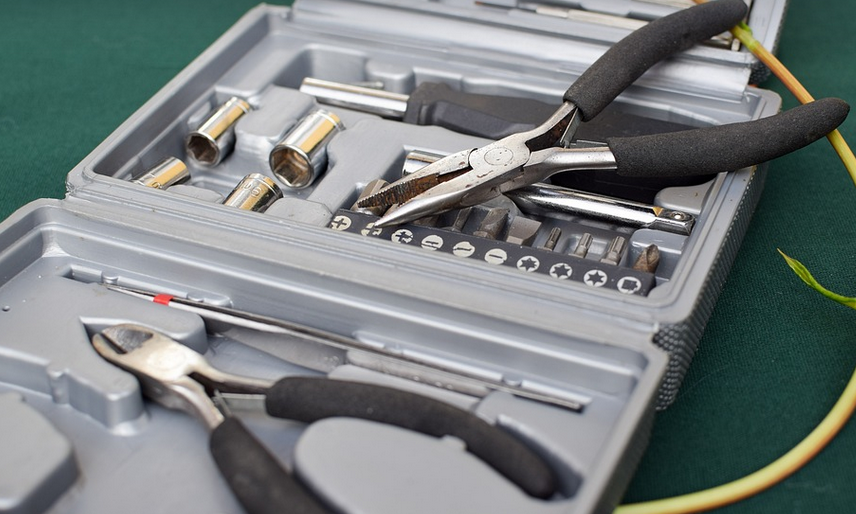A Closer Look at the Rising Costs of Catalytic Converters
The catalytic converter, a seemingly insignificant component tucked away under your car’s hood, plays a crucial role in keeping our air clean. It reduces harmful emissions from tailpipes and helps us stay within environmental regulations. But these silent heroes have been facing a major problem: rising costs. In 2024, the price of a new catalytic converter has seen a significant spike, leaving many drivers scrambling for solutions.
For years, it was rare to encounter a situation where the repair cost of a catalytic converter was prohibitive. The old-school belief that “it’s cheap to fix” and “the part is replaceable” still held true in many cases. But this year, things have changed dramatically. The price of these tiny but mighty components has skyrocketed due to several factors.
Why are Catalytic Converters so Expensive?
Beyond the complexities of production, there’s a lot more to it than meets the eye when it comes to understanding the current prices of catalytic converters. The industry is facing supply chain disruptions, fluctuating raw material costs, and increased demand for these components.
The global economy has been in a state of flux since the beginning of the pandemic. There’s been a surge in demand for cars globally as people return to pre-pandemic norms, leading to a higher need for catalytic converters. This demand has caused prices to skyrocket, especially considering the limited supply.
The Impact on Drivers: A Deeper Dive
For car owners accustomed to affordable repair costs, this news is undoubtedly concerning. While some might say “it’s just a part,” there are more layers to this issue than meets the eye. The rising cost of catalytic converters directly affects not only car repairs but also vehicle ownership.
Many used cars sold on the market today come with pre-owned catalytic converters, meaning that buyers have to factor in their potential cost when purchasing a used vehicle. The affordability of buying these vehicles is now under serious scrutiny.
This shift in the car repair landscape has also brought up questions about the overall sustainability of our cars and the environment. In an era where we’re striving for greener solutions, this issue highlights the complexities of managing environmental regulations alongside economic realities.
Looking Ahead: What Can We Do?
The good news is that while the cost of catalytic converters has risen, it doesn’t necessarily mean it’s a permanent state of affairs. A combination of factors might lead to relief in the future.
Firstly, as more demand shifts towards electric vehicles, which come with fewer emissions and require less maintenance, this could eventually help reduce the demand for catalytic converters. As technologies evolve and become more efficient, the need for such components might decrease over time.
Secondly, increased investment in research and development might be key to finding innovative solutions. This could involve exploring alternative materials and production methods that lead to more efficient and cost-effective catalytic converters. For example, researchers have begun developing bio-based catalysts that are biodegradable and less expensive than traditional ones.
Finally, the automotive industry is constantly adopting new methodologies and technologies. This could potentially lead to breakthroughs in manufacturing techniques that make repairs easier and cheaper. The future of car repair might become more accessible and affordable in turn.
